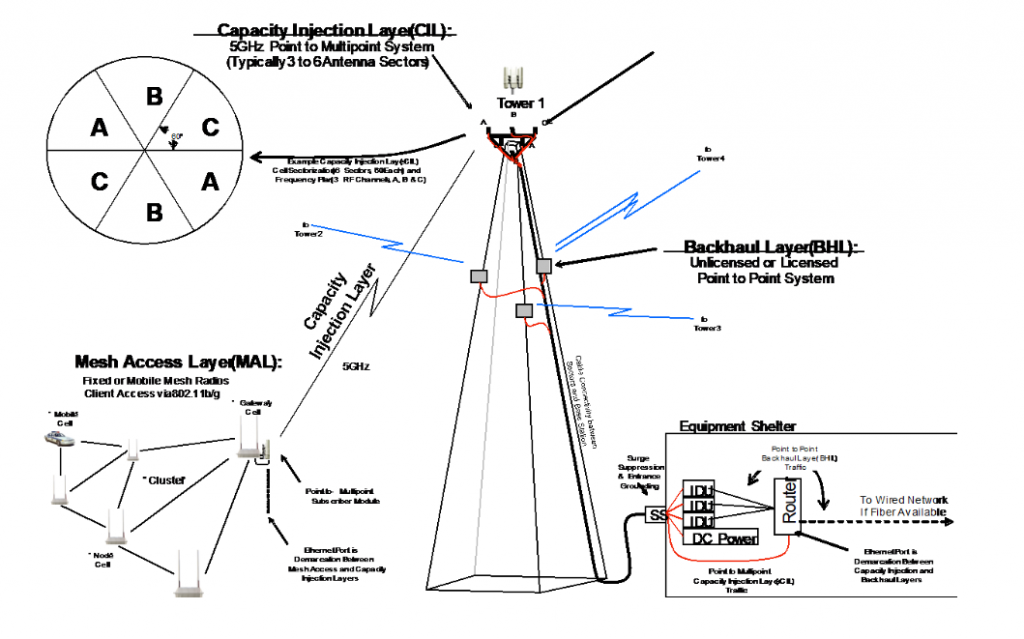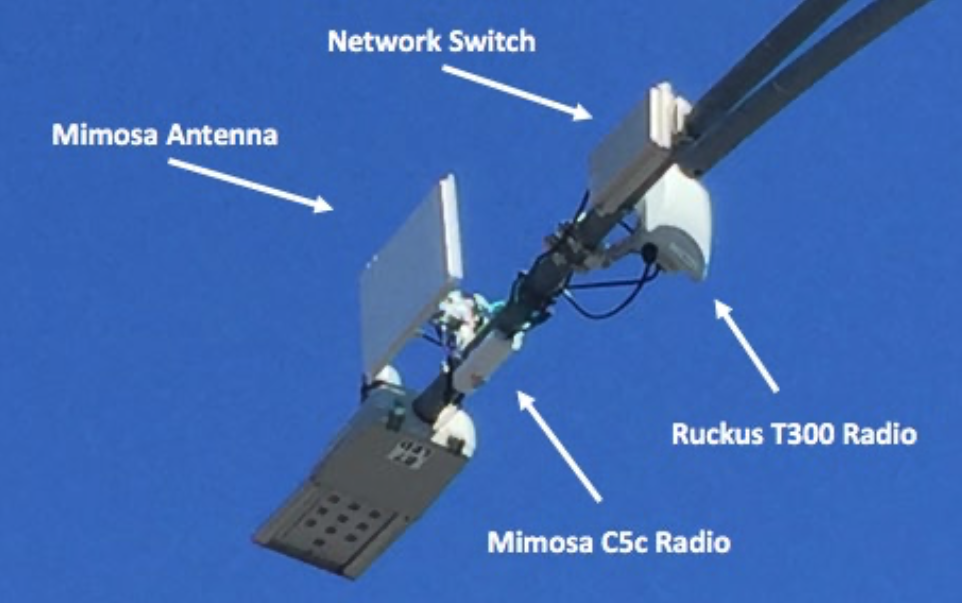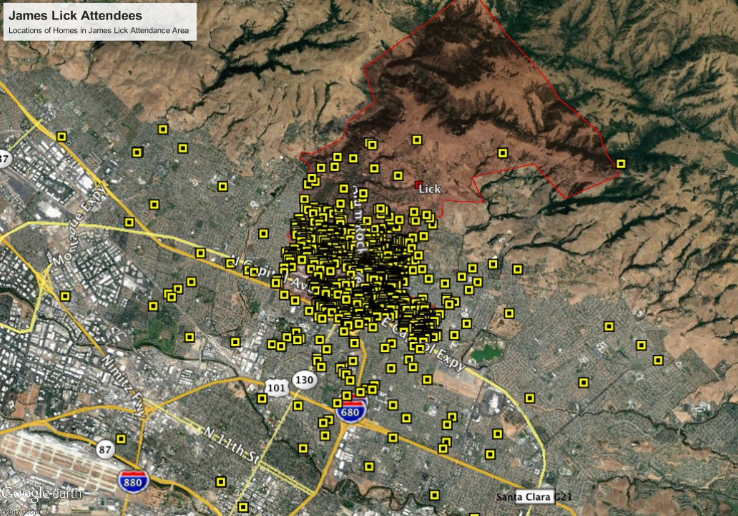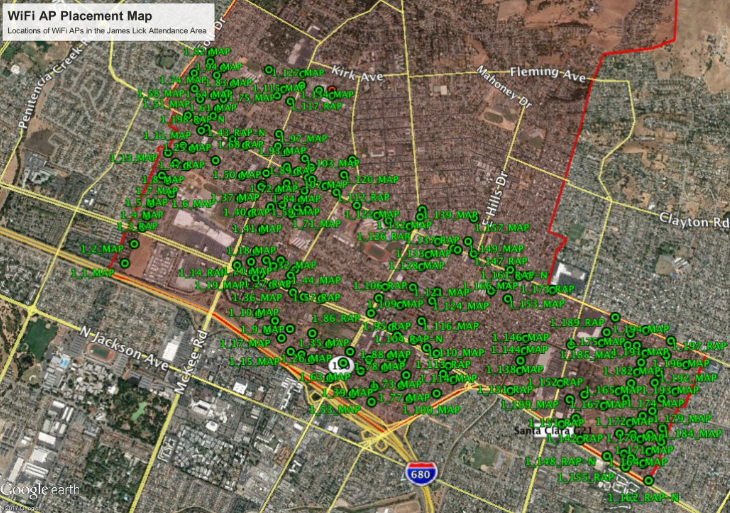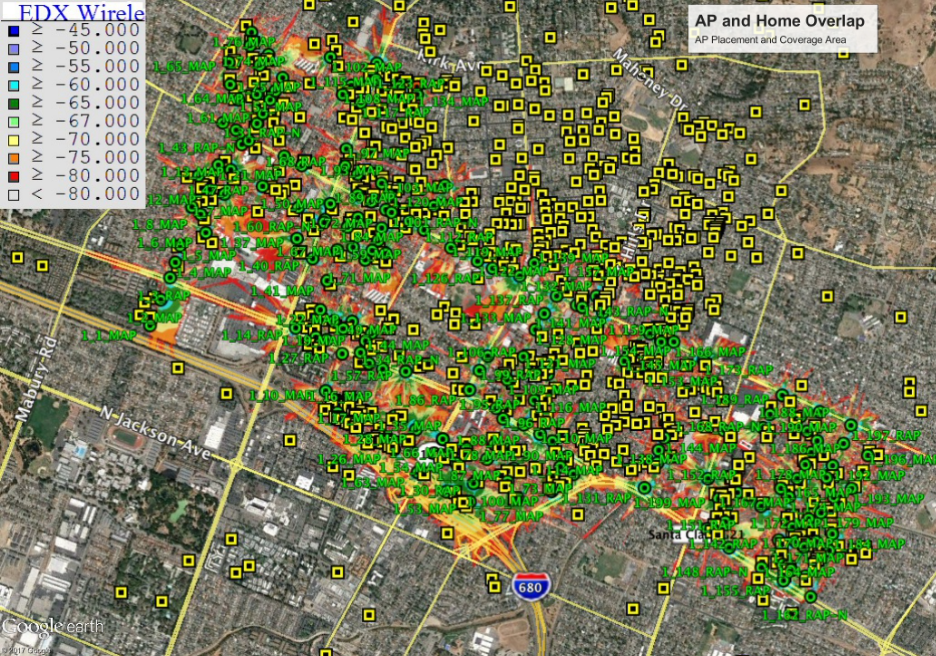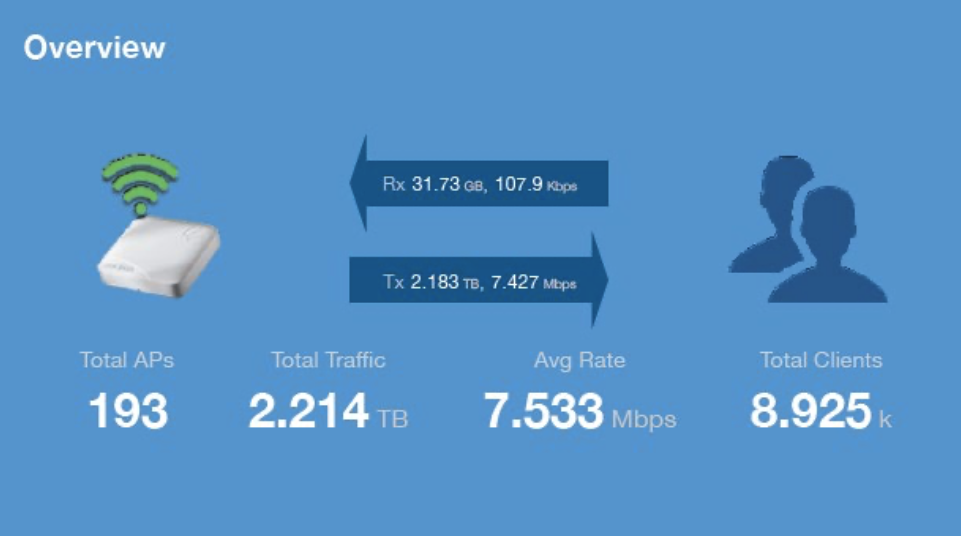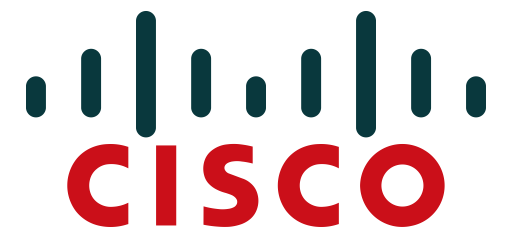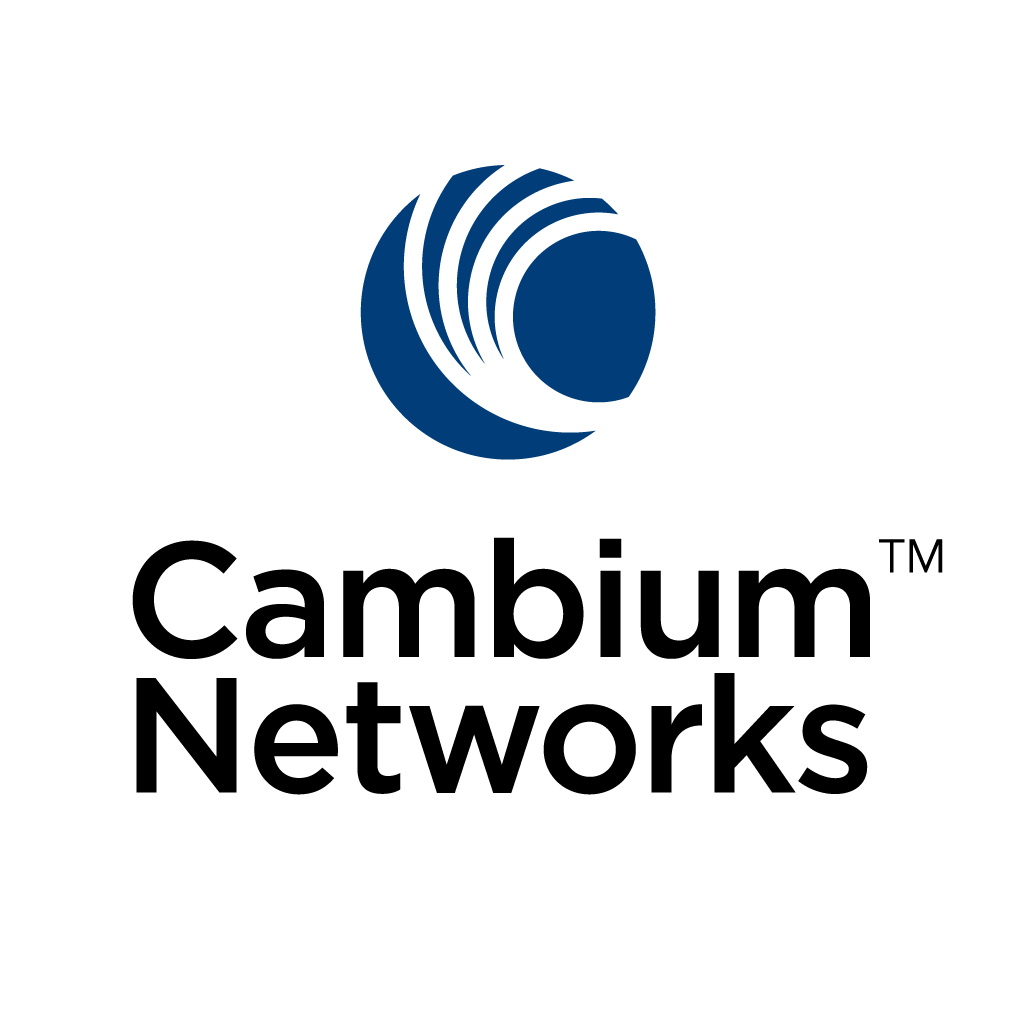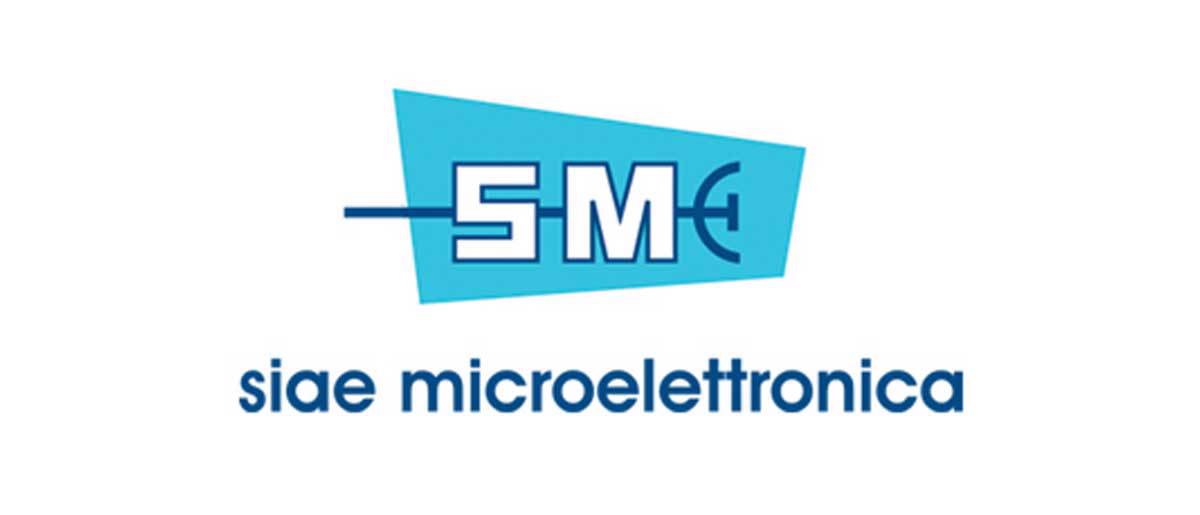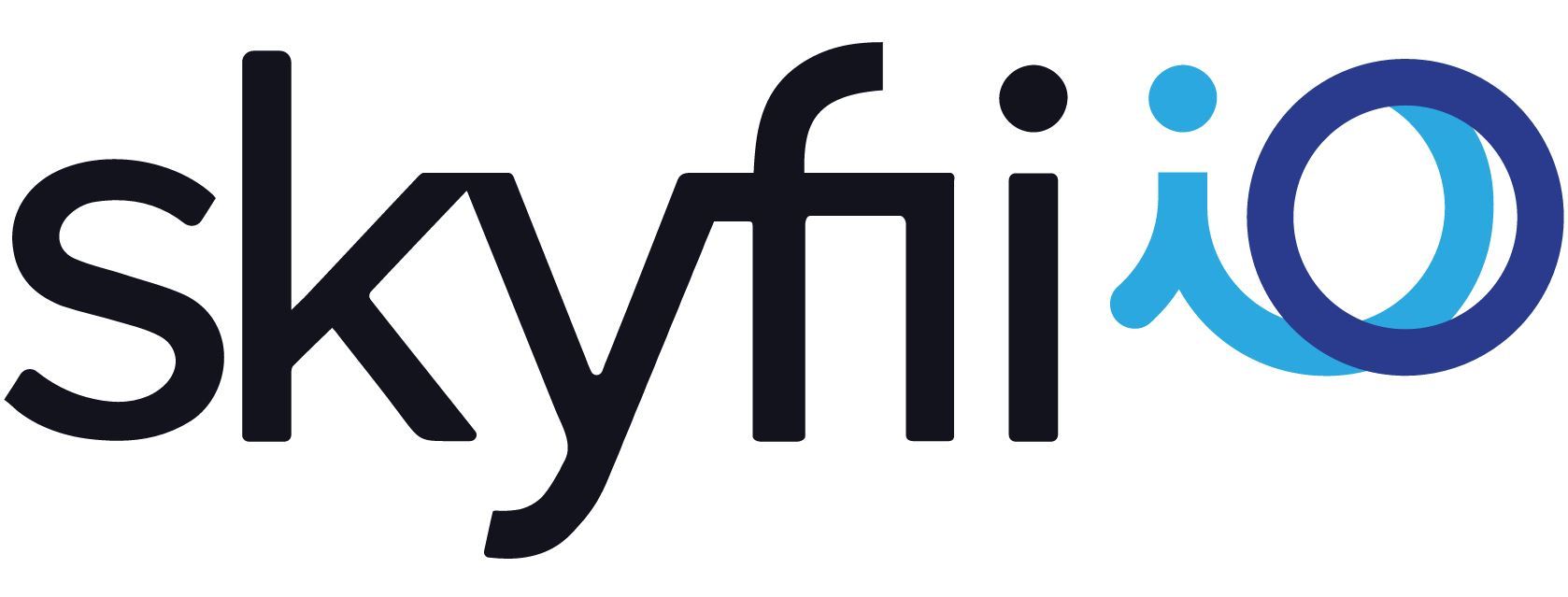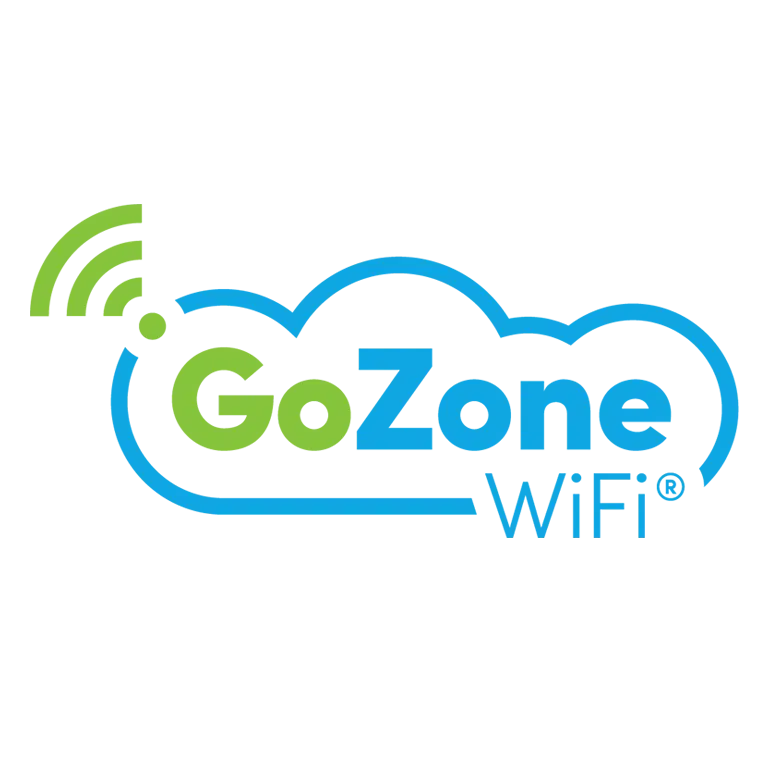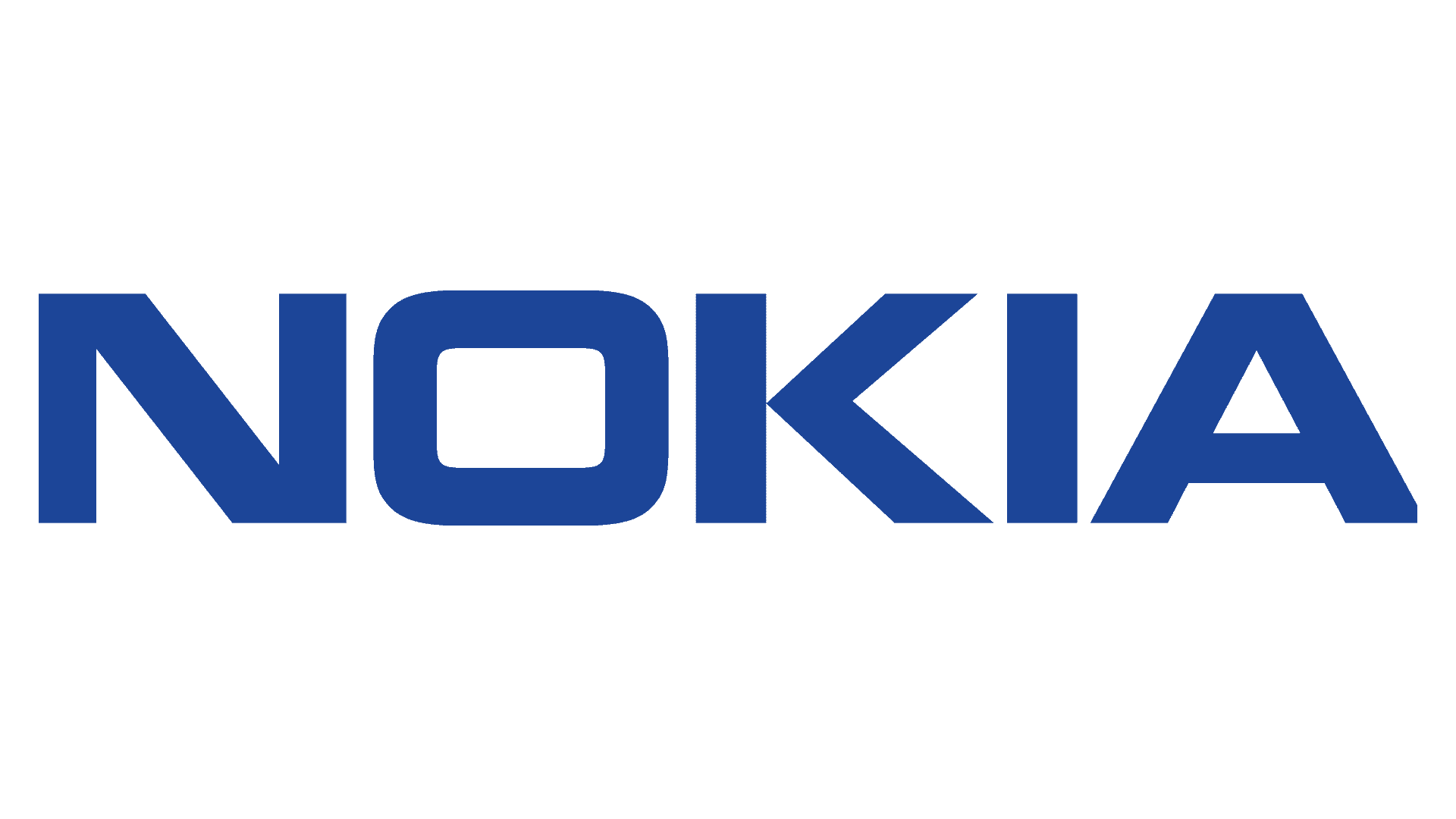PROJECT OVERVIEW
Access Eastside is a project to extend Internet connectivity into the James Lick High School Attendance Area. The project is the result of a partnership between the City of San Jose and the Eastside Union High School District (ESUHSD), with the goal of connecting more underserved and low-income students in San José with affordable broadband Internet service.
“Every child deserves the opportunity to thrive in school, and we know that connecting students to reliable high-speed Internet access can significantly enhance their chances of academic success,” said Mayor Sam Liccardo. “This project represents our first step towards achieving our vision of ensuring that all of our low-income families have access to free or low-cost broadband internet service.”
Through the partnership, the City constructed the free network and will manage the network and provide ongoing maintenance through SmartWAVE Technologies, a City Contractor. The school district is responsible for managing registration, providing passcodes, and offering support to help ESUHSD students and their families access the free WiFi network. ESUSHD is funding the project from its 2014 general obligation technology bond measure.
The project goals were to provide coverage to 70% of the attendance area, with coverage defined as “to the door-step of attendee homes” in the area. Although this percentage could not be achieved based on the limited availability of radio mounting assets, less than 70% of the budget was used to provide the end result of coverage. SmartWAVE used the attendee address information to identify available radio mounting assets that were closest to the addresses provided, resulting in optimal performance for the solution deployed. ESUHSD is complimenting the WiFi network with Sprint MiFi devices, to provide connectivity in the areas that the WiFi network doesn’t exist.
NETWORK SOLUTION OVERVIEW
Network Topology
SmartWAVE Technologies designed a Mesh WiFi Network to extend connectivity into the James Lick Attendance Area. The design architecture is a “layered” approach to provide for flexibility and scalability based on the availability of radio mounting assets. The network layers are as follows:
- Backhaul Layer (BHL) – The BHL is the point in the network that provides direct access to Internet Services. For this project, the Backhaul Layer consists of 2 Fiber Points of Presence located at McKee and Capitol, and Alum Rock and Capitol. At these locations, the City of San Jose is providing a 1Gbps Internet handoff to switches installed in the traffic control cabinets at these intersections.
- Capacity Injection Layer (CIL) – The CIL is comprised of wireless Point to Point (PTP) and Point to Multipoint (PTMP) equipment that extends the Internet from the BHL into the Mesh Architecture, “injecting” capacity to Clusters of Mesh Radio. The radio equipment used for CIL distribution provides 500Mbps-1Gbps data rate capabilities.
- Mesh Access Layer (MAL) – The MAL is comprised of Mesh WiFi radios that perform the following 2 functions: (1) Extension of network coverage from Root Access Point (RAP1) locations to Mesh Access Points (MAP2), and (2) WiFi Client Access to the network. This Layer is also often referred to as the “Last Mile” for client connectivity.
Products Deployed
(193) Ruckus T300 Series – Outdoor 802.11ac 2×2:2 Wi-Fi Access Point (AP), 2.4GHz and 5GHz Dual Radios, capable of up to 1.2Gbps Combined Data Rate
(8) Mimosa B5 Series – Outdoor unlicensed PTP Radio, 5GHz Frequency, 4×4:4 MIMO Antenna Technology, capable of up to 1.5Gbps throughput
(6) Mimosa A5-14 Series – Outdoor unlicensed PTMP Base Station, 5GHz, 4×4:4 MIMO Antenna Technology, capable of up to 1Gbps throughput
(47) Mimosa C5 Series – Outdoor unlicensed PTMP Subscriber Unit, 5GHz, 2×2:2 MIMO Antenna Technology, capable of up to 500Mbps throughput
Coverage Area
The system was designed for optimal coverage surrounding student households within the James Lick High School Attendance Area.
A Mesh WiFi network is very asset dependent, since WiFi operates at a relatively low radio power. In creating the design for the project, SmartWAVE Technologies identified all City assets available for installation of equipment to include Street Lights, Traffic Signals and City Buildings, and selected the assets that provided for the greatest return of coverage based on placement of student homes.
As you can see from the above picture, there are areas where radios are not installed because the Street Lights or Traffic Signals in these areas are owned by another entity, such as PG&E, the County, or some other jurisdiction.
The resulting coverage is as follows:
Glossary of Terms
1RAP – A Root Access Point (RAP) is a wireless AP location that is connected to a BHL Radio, BHL Fiber, or CIL Radio. It is a location where network capacity is injected into a Mesh Cluster. The RAP will extend network connectivity to neighboring MAPs by relaying a wireless signal.
2MAP – A Mesh Access Point (MAP) is a wireless AP location that is downstream of the RAP. The MAP uses various protocols to identify the most efficient, and highest bandwidth route, for connectivity to an upstream wireless RAP or RAPs. Due to its Mesh architecture, it provides for resiliency through its capability to find alternate paths to a capacity injection point, in the event of a RAP network failure upstream.
Page 5
NETWORK PERFORMANCE
Upon completion of the network installation, SmartWAVE Technologies performed point tests throughout the installed coverage area to collect information on network throughput and availability. Testing distances ranged from 20ft to 600ft from an installed AP location. Throughput testing resulted in ranges from 5Mbps to 28Mbps downlink and 2Mbps to 33Mbps uplink.
With WiFi access, a number of variables impact the performance of the network, to include, but not limited to, distance from an AP, noise floor in the area, interference from other resources, the number of hops from the MAP that you’re associated with to the RAP radio, the type of WiFi client (iPhone, Laptop, etc) that you’re using, and the number of other users on the network.
All test results were as expected based on the scenario of the test condition.
Reviews of network usage reports from November 1 to November 30 show a total of 8,925 unique client devices have authenticated to the network, pushing a total of 2.2 TBs of Data downloaded, with an average speed of 7.5Mbps.
Understanding that the network is currently limited to ESUHSD students, and the network was not operational until November 15, we find these performance results impressive. Even more impressive is the efficiencies and processes exhibited by the ESUHSD staff to onboard this number of devices in such a short period of time.
PROJECT CHALLENGES
We’re in the information age, so it’s a no brainer that information, and its validity, is a key ingredient to success. In designing and deploying a network such as this, a number of City Departments were involved including Information Technology, Public Works, Department of Transportation, and the City Manager’s Office. Each Department has an integral part in the successful implementation, so it’s extremely important that all departments have a dedicated representative and commitment to the project.
It’s difficult to chronicle all details over the life of the project, but a few of the project challenges that the project team was able to overcome, in providing the best design and deployment possible, included the following:
Personnel Changes
From the onset of the project, a number of changes occurred throughout the project with regards to City assigned personnel. Key personnel changes included City IT, City Manager’s Office and Public Works. With each change, SmartWAVE Technologies was required to educate new project participants on project history, project goals, contract terms, project schedule, and project design, in addition to a number of other items.
Personnel resources stabilized around the May timeframe, and the project gained momentum across the finish line.
We strongly recommend that the team members at the end of this project be assigned to the next phase of this project.
Street Light Ownership
City vs PG&E vs County – various design iterations were performed until we were able to identify street lights owned by the City.
Street Light ownership information wasn’t in a single location, or from a single Department. Additional research was required to validate ownership, leading to a number of changes in the design, eventually leading to eliminating a coverage zone in it’s entirety.
Keeping a log of asset information in a centralized location, with read access by various departments, will provide for efficiencies in future design or expansion of the network.
Street Light Power
Continuous, bank switched, type of photocell – Circuit tracing was required to identify how lights were powered, and to insure the electrical load was not exceeded. Data was not readily available.
The existing Photocells at the street light were Luco PD photocell, and were “hard wired” into the light. These needed to be upgraded with a removable power cap, so that we could plug a photocell power cable into the photocell receptacle to power the radio equipment. During this process, we upgraded to the City standard of a 7-pin receptacle.
SmartWAVE Technologies had a specialty photocell power cable manufactured that would meet the new requirement for a 7-pin photocell with a Luco P7 cap supporting the City’s new Zigbee photocell requirement. Manufacturing, testing, and fabrication of these units resulted in long lead times for availability. These photocell power cables converted 120V to 48V POE inputs to power the Radio equipment.
Fiber Backhaul
Available strands, location of fiber access, and fiber routes – SmartWAVE Technologies worked with DOT and IT personnel to identify fiber available for backhaul. With 2 different fiber backhaul locations, we were able to eliminate a Microwave backhaul wireless link.
At each Fiber location, we needed to pull outdoor Grade Category-6 cable from the network switch at the Fiber location through conduits to the radio on the Traffic Signal pole. An issue the project team experience is that the City requires that whenever a Contractor routes cable through a Traffic Signal pole, the Contractor is required to re-pull all existing cables, along with their new cables, leading to a very costly and risky installation. To eliminate this expense and risk, DOT performed the installation of cable at Traffic Signal locations, since they are exempt from performing a re-pull of all existing cables.
Permitting
Traffic Control Plans – were required to provide for lane closure and traffic flow at each of the street lights and traffic intersections. Plans had to meet specific City of San Jose permitting requirements with respect to signage, traffic routing, lane closures, etc.
In developing the Traffic Control Plans, a number of revisions were required because there is no standard instruction packet on requirements for a project such as this. This process required documents to be developed by SmartWAVE, reviewed and commented on by City staff, updated by SmartWAVE, re-reviewed and commented on by the City, and so on. We found that having the same resources involved in the development of the plans by SmartWAVE, and the review of the plans by the City, reduced lead times for document development.
We also believe that the templates created during this project, will lead to efficiencies in developing Traffic Control Plans for the next phase, due to lessons learned, and understanding the requirements for acceptable documentation.
Network Configuration
The primary purpose of the network is to support Student connectivity. Because the network leverages the City’s network infrastructure, the core network configurations had to be developed in a manner that would allow the school system’s use of the City Layer 1 assets (e.g. Fiber). SmartWAVE Technologies worked with the City and School IT staff to develop a design providing for logical separation of network traffic, although both parties access the physical layer.
On the school system side of the network, it was necessary to tie into the school’s authentication solution. SmartWAVE Technologies worked with School IT staff to develop an association process allowing the students to have the same authentication experience with the Access Eastside network as they do within the school building.
SmartWAVE Technologies was tasked with understanding the unique requirements from both organizations, and to develop a solution that met the goals of both parties, providing secure access for each of the respective parties.
It Takes A Village
We appreciate the opportunity to work with the City of San Jose and ESUHSD on the Access Eastside Project. We sincerely felt that all project team members understood, and appreciated, the potential positive impact of the project to the community. For each obstacle encountered, I believe the team did well to maneuver and overcome. Seeing the end result, understanding the potential impact to over 8000 users in just a 2-week period, ties vision to reality, making the commitment and sacrifices from City, School and participating Contractor’s personnel, well worth the effort. We anxiously look forward to the next phase.
#makingadifference
#catchthewave


